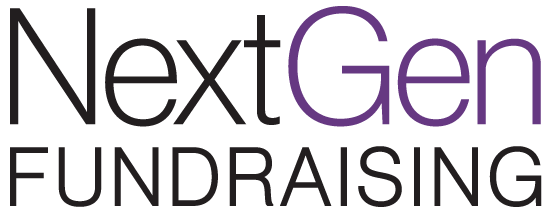Fact: 20% of annual support is attributed to Planned Giving.
Traditional direct response and membership programs feed into Planned Giving. But for most organizations, Planned Giving is an afterthought—lacking dedicated staff, often deprioritized by major gifts officers, concerns over suppressing response…and sensitivities about how to message around this topic.
Some strategies to consider:
- Include a testimonial to introduce another voice in your messaging and articulate the long-term value for both donor and your organization.
- Avoid a window carrier and select a closed outer envelope that reinforces the personal nature of the request.
- Build trust and demonstrate thanks.
Fact: There is $68 trillion potential from the Silent Generation and Baby Boomers.
Over the next 30 years, we should anticipate a historic transfer of wealth, possibly the largest ever. With 70+ million Baby Boomers and another 20+ million people in the US who identify as Silent Generation, there is an extraordinary opportunity for philanthropic giving.
Even more importantly? Organizations see a 75% increase in annual giving from donors who have committed to Planned Giving
Some strategies to consider:
- Write in a straightforward and simple tone that appeals to older readers.
- Be transparent and consider providing a toolkit of general resources to help audiences understand all the steps to what can be a complicated process.
- Provide a path and be respectful.
Fact: There was a 62% increase in interest in Planned Giving during the pandemic. There was a 63% increase of adults 18-34 who created a will in 2021.
Historically, 90%+ of wills in the US do not include a charitable bequest, but that’s changing fast.
In 2021 alone, over $41 billion was donated through legacy gifts, an increase of 10%. There are two main factors: 1) online services that provide accessible toolkits to create a will, as well as (2) investment strategies and challenges associated with cryptocurrency that result in a younger demographic for Planned Giving.
Some strategies to consider:
- Create a unique brand for your Planned Giving program and build in opportunities to recognize and celebrate these donors in your annual report, website, or through annual communications.
- Focus on digital outreach and capture new demographics.
Remember that Planned Giving is the ultimate gift and often equal to or greater than traditional major gifts.
Also remember that this is a long-term strategy—don’t focus on annual goals; never force donors to submit ‘proof’ of their intent (less than 40% of donors report telling the organization of their planned gift); and don’t forget that this is an emotional decision. The Chronicle of Philanthropy encourages you to “write from the heart” and “be warm, factual, sincere, and straightforward.”
If you are not actively building a Planned Giving pipeline through targeted lead generation, who will capture these gifts from your donor file?
Let NextGen Help
NextGen is ready to serve as the embedded extension of your team. Contact us today.

